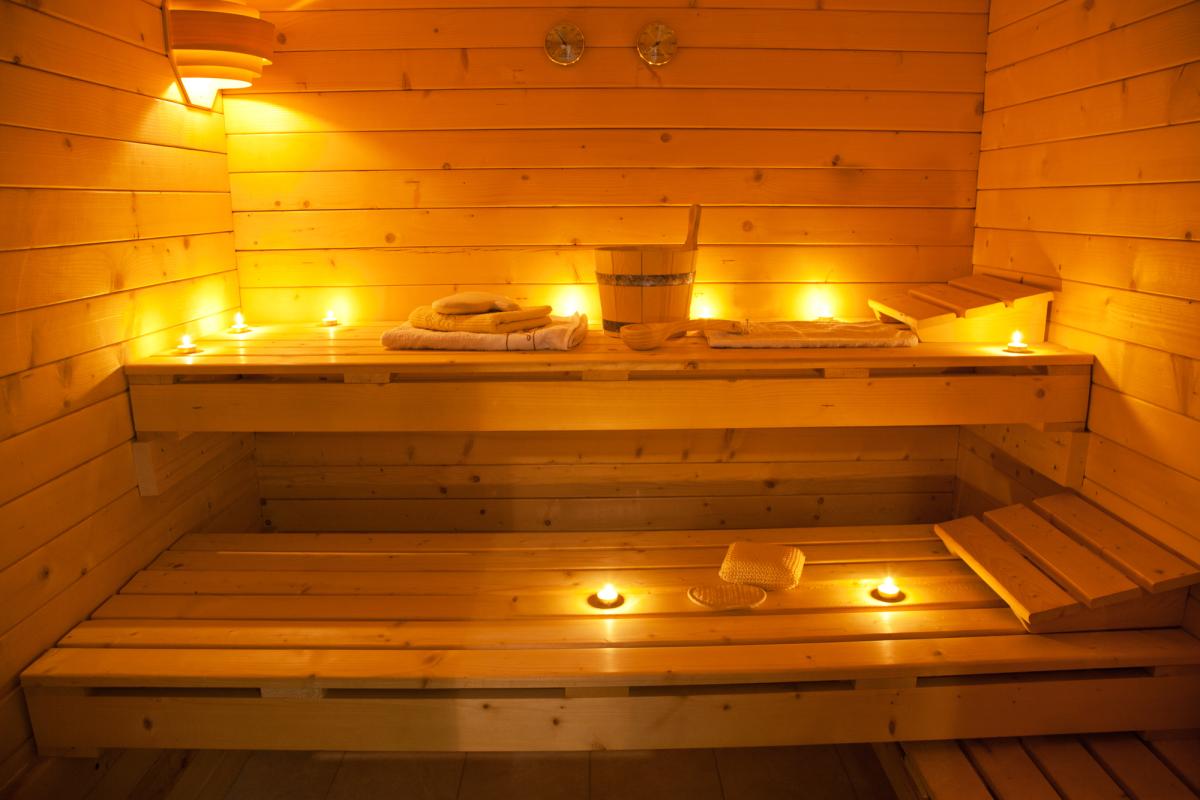Tips for building a haven for your well-being in your own home
Sauna lovers know how relaxing it is to be able to revitalize your strength in such a unique moment.. What you may not know is that you can enjoy all of this without having to leave your home., that is, You can organize a sauna inside your home to make your relaxing moments even better.
Also called Finnish bath, to sauna started about 9 a thousand years, in Finland, and was considered a sacred place. Her, the body and spirit were purified, according to tradition, rituals of healers being common, midwives, and even weddings on site.
In the rules of old saunas, it was forbidden to make noise, gossip or, yet, speak ill of someone – the Finnish sauna, moreover, still lives in our daily lives, and today it is called a dry sauna. Saunas with steam or wet baths appeared many years later, in Ancient Greece.
But here it is worth mentioning the contribution of the Turks to the types of sauna: with bronze cauldrons filled with water being heated in marble halls and concave ceilings, the Turkish sauna today can also be found, and it is called a Turkish bath.
Why build a sauna at home?
Going to a sauna brings many benefits to your health and well-being.. The first benefit is strengthening blood circulation, as heat helps circulate blood in the body; the heat, including, It is also responsible for relieving back and rheumatic pain. Consequently, This relief and improved blood circulation help combat hypertension, to stress, clear airways and eliminate toxins from the body.
In addition, The relaxation that the sauna provides helps improve mental health, as it produces more intense relaxation and the possibility of living in the present moment.
Types of sauna to build
Today it is possible to find some types of saunas available for construction. In general, there are two types: a steam sauna and a dry sauna.
Perhaps the best known of these is the steam sauna., that releases steam with fresh medicinal herbs, like rue, lemon balm and basil. The covering is tiled flooring and tiles., so that the insulation is more humid. Steam helps clean skin pores, eliminating toxins. The temperature of this type of sauna is, on average, of 55ºC, with humidity 95%.
A dry sauna, on the other hand, It has a wooden covering and is heated using stones that receive eucalyptus essence to aromatize the environment, without any use of steam or moisture. The temperature is usually 70ºC, with humidity 10%.
How to build a dry sauna?
Sign up to receive Decor News first!
The first point is to define the space needed to build a sauna, even if it is small in size. Then, you must study the coating you are going to buy. It must be made of porous wood, so that it can withstand an oven for heating above the coating.
Ideally, the sauna should be completely covered in wood., with masonry on the external cladding, and define thermal insulation with glass wool or Styrofoam on all walls of the room. The internal lining must be made with cedar wood., mahogany, ipê or cumaru, and the room must have around 2,5 meters high to ensure proper functioning.
The banks, also made of wood or masonry, they usually have two heights, one being higher and the other lower, and, the higher, hotter. And, so that the sauna can breathe, It is necessary to make two holes near the room's air intake in the ceiling and floor.
How to build a steam sauna
Home steam saunas are, ideally, made very close to the bathroom, so that the person can refresh themselves after leaving, or at least have one Lorenzetti shower on the outside of the sauna for this purpose.
In general, steam saunas are usually a little smaller than dry saunas, and the covering must be tiled or ceramic flooring – it is important to pay attention to the slope of the ceiling, which must be more or less 10% for condensing vapor into droplets. To take advantage of an already built room, like the bathroom, It is worth insulating with PVC and Styrofoam plates.
Another difference between dry saunas is the extra steam output that steam saunas have., with a niche in the wall that holds an elbow steam pipe. In this way, steam is thrown onto the sauna floor. For thermal insulation of the coating, it is good to use vermiculite and cement, and the floor can be slate, ceramics or stones.

Text prepared by the Conversion team.
